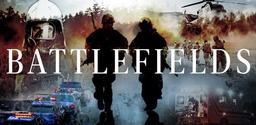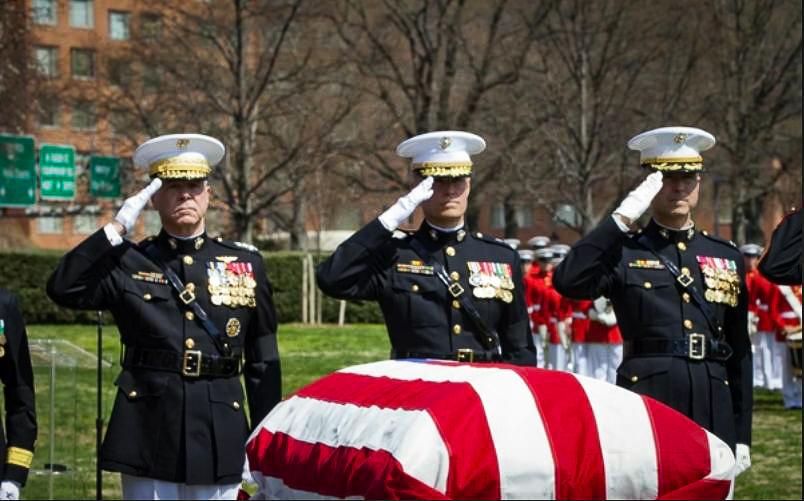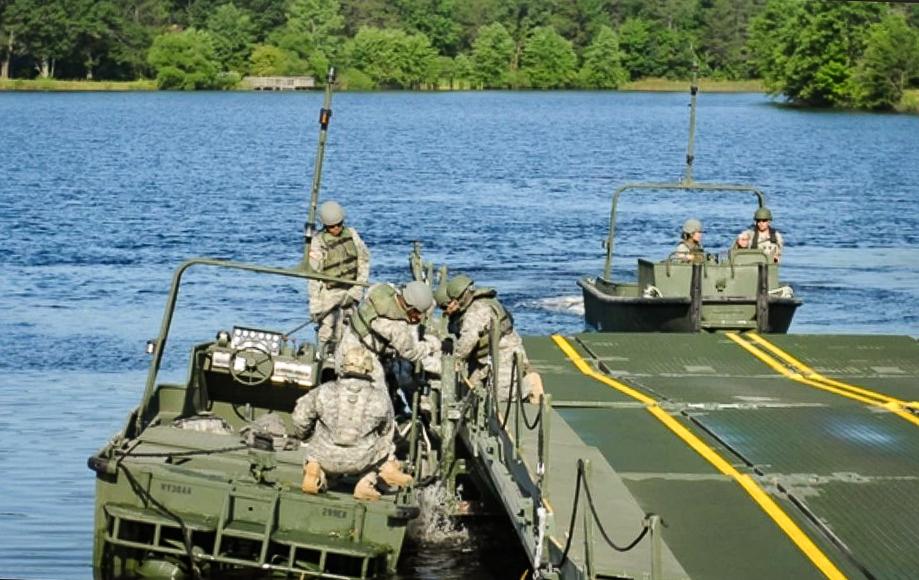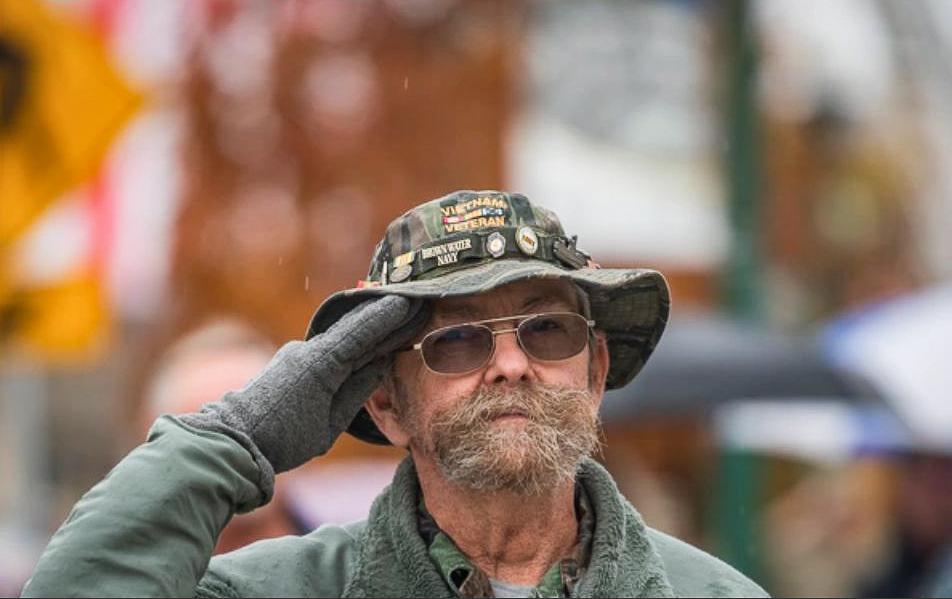Commentary
What is adrenaline? What is fear? What is anxiety? What is post-traumatic stress? It is late July of 2003, in the 130-degree heat of Baghdad, Iraq—sweating so much that you smell like ammonia. My heart pounds running to the MH6 Little Bird as the turbines begin to spin. Taking the number one position and snapping into the bench sitting right next to the pilot, only he has a windshield. I feel the lump in my throat grow larger as I attempt to breathe despite being sandblasted by the rotor wash.





